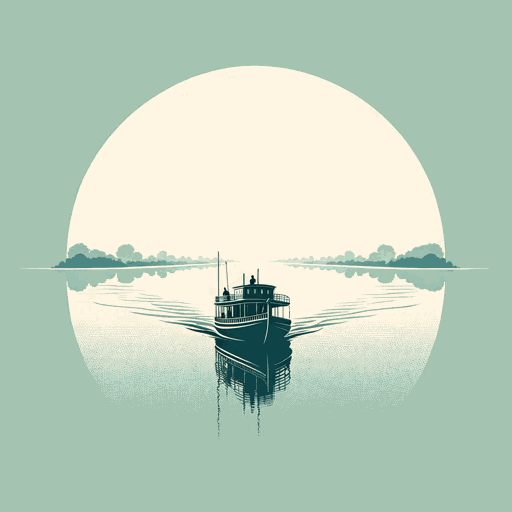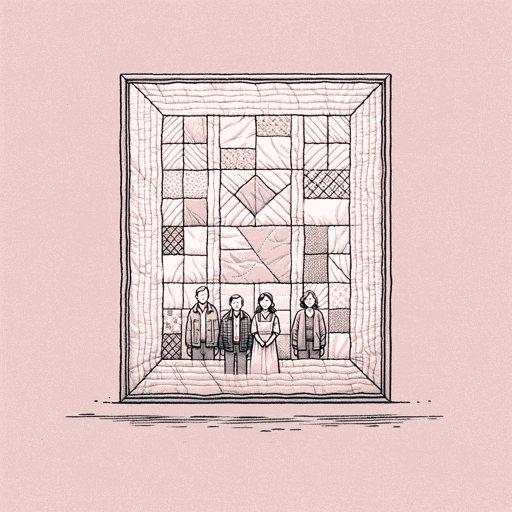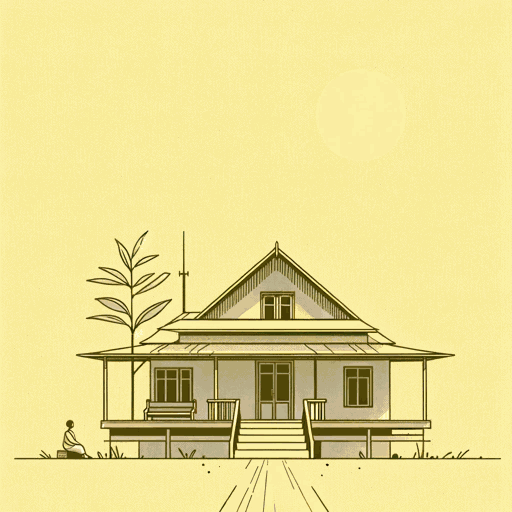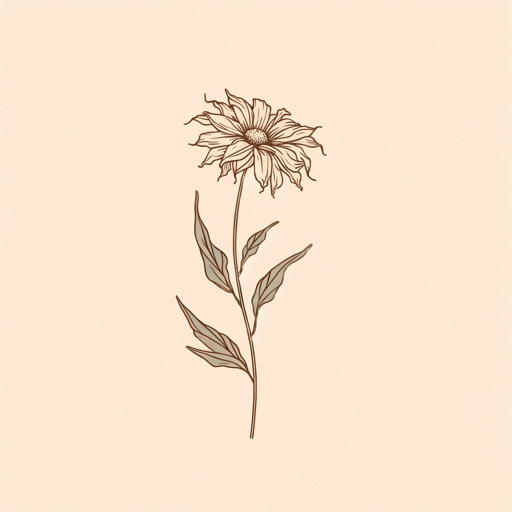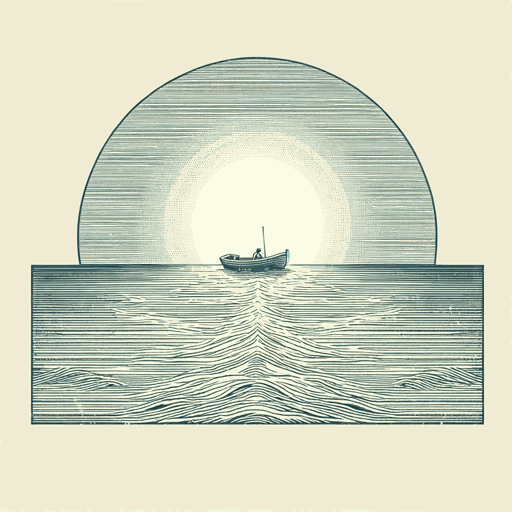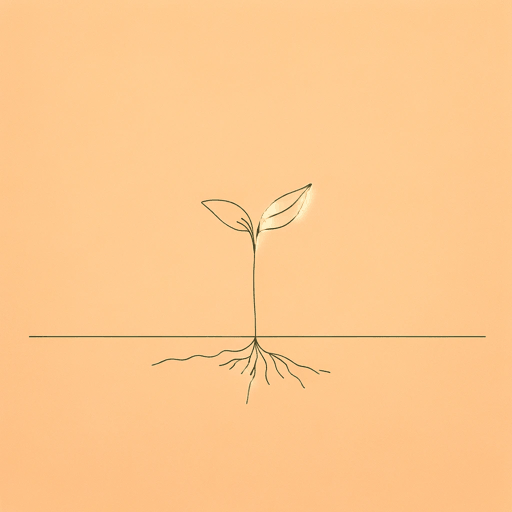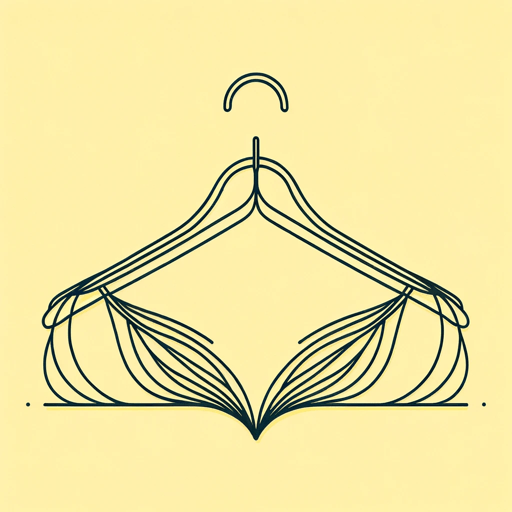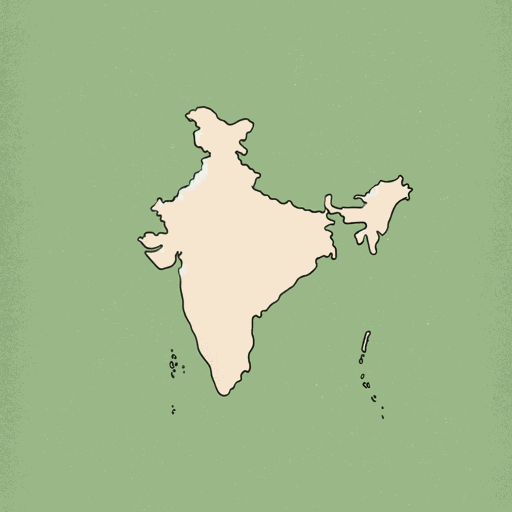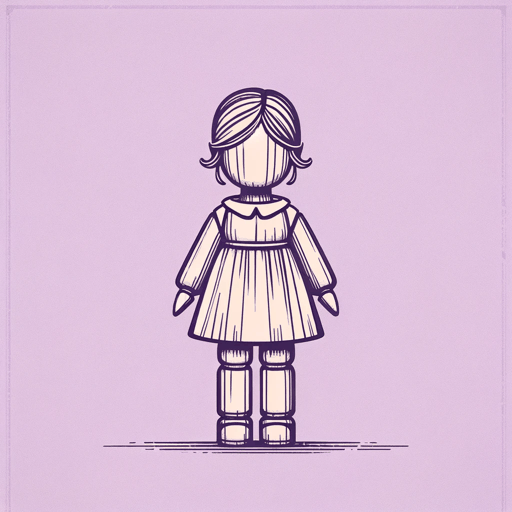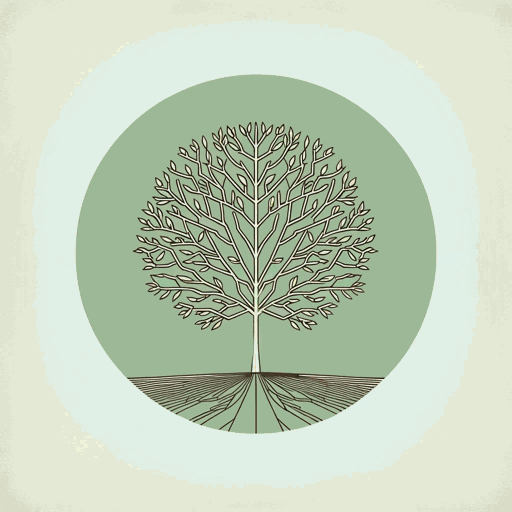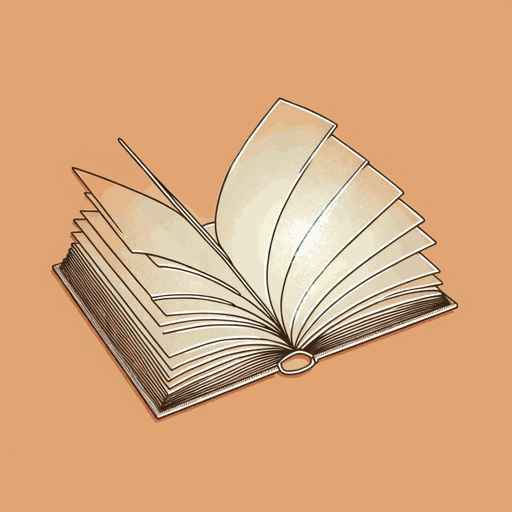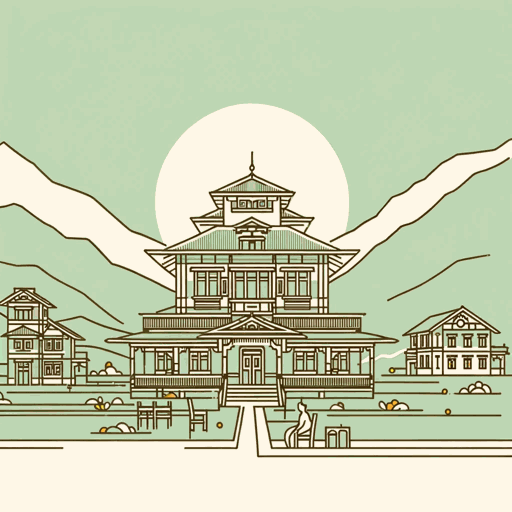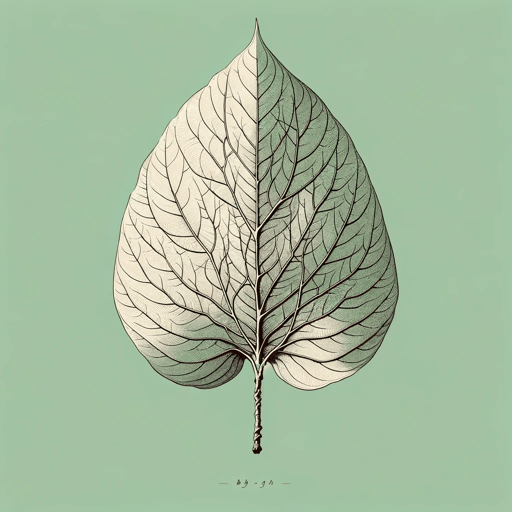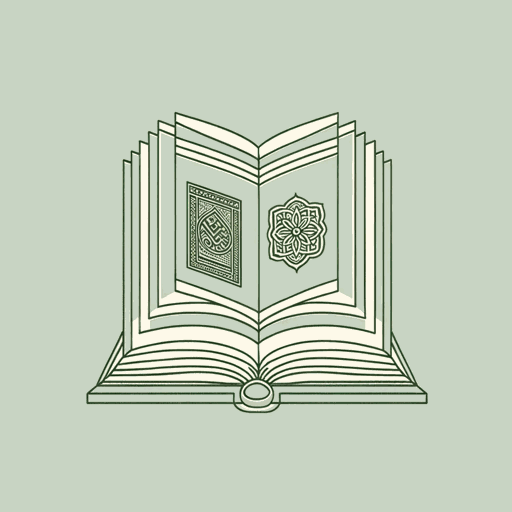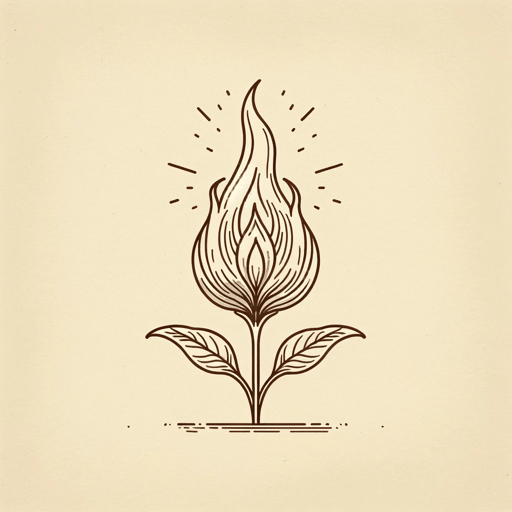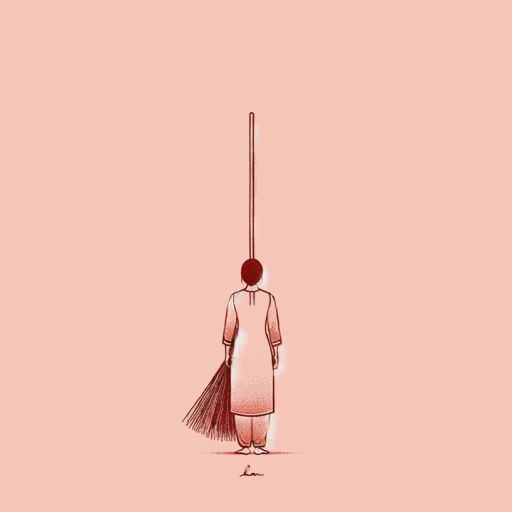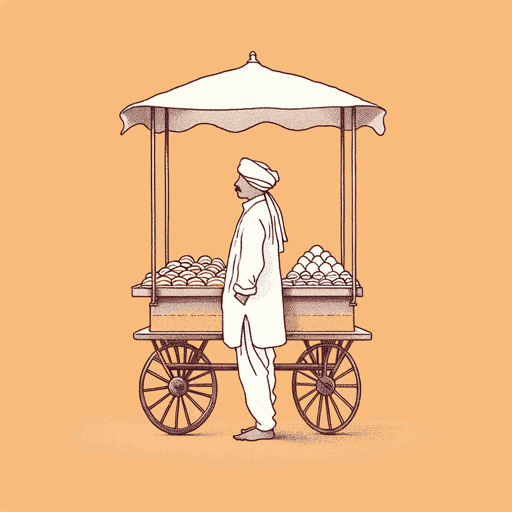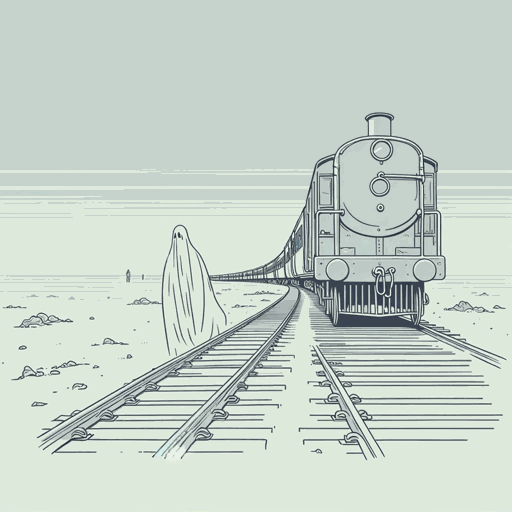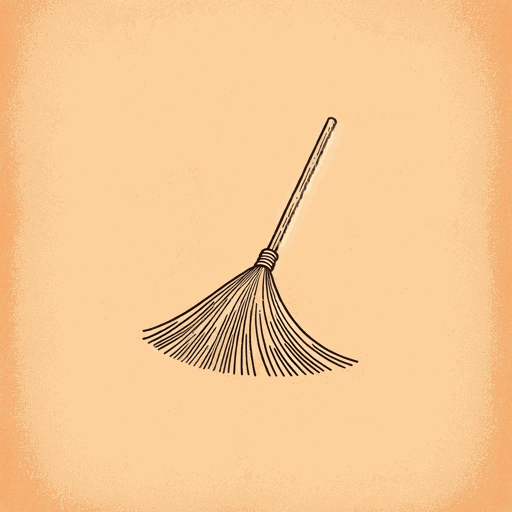Indian Literature
This study guide collection celebrates novels, short story collections, and memoirs from some of the most distinguished authors from the Indian sub-continent, including Jhumpa Lahiri, Arundhati Roy, R.K. Narayan, and Nobel Prize winner V.S. Naipaul. Read on to discover discussion topics and insightful analyses on diverse titles, from an updated translation and reinterpretation of the Mahabharata -- the Sanskrit epic of ancient Indian literature -- to a probing look into India’s cultural norms in A Suitable Boy by Vikram Seth.
A Bend in The River, the 1974 novel by Nobel Prize winner VS Naipaul, takes place in an unnamed postcolonial African town. The main character, Salim, narrates the story, which begins when he moves away from his family to the interior of the country to run a town shop. Salim is of Muslim Indian descent, but his family has lived in coastal Africa for many generations. He is neither fully Muslim Indian nor fully African. Salim... Read A Bend In The River Summary
“A Devoted Son” is a short story by Indian author Anita Desai originally published in her 1978 collection Games at Twilight and Other Stories. The story is about the relationship between a father and son and examines how time and perspective can change the way actions and intentions are perceived.Varma is proud because his son, Rakesh, is at the top of the academic list in India. Rakesh credits his parents, mainly his father, for giving... Read A Devoted Son Summary
Indian-born Canadian writer Rohinton Mistry’s 1995 novel A Fine Balance is the story of four characters from diverse backgrounds whose paths converge in 1975 India. Maneck Kohlah, a college student, has rented a room in the city. On his way to inspect the apartment of Dina Dalal, he meets two tailors, Ishvar Darji and his nephew Omprakash (Om) Darji, also on their way to Dina’s to find sewing jobs.Dina hires the tailors to work from... Read A Fine Balance Summary
A House for Mr. Biswas is a 1961 novel by V. S. Naipaul. The story takes a postcolonial perspective of the life of a Hindu Indian man in British-owned and occupied Trinidad. Now regarded as one of Naipaul's most significant novels, A House for Mr. Biswas has won numerous awards and has been adapted as a musical, a radio drama, and a television show. This guide is written using an eBook version of the 2001... Read A House for Mr. Biswas Summary
“A Real Durwan” is the fourth story in Jhumpa Lahiri’s debut short-story collection, Interpreter of Maladies (1999), which won the Pulitzer Prize for Fiction and the PEN/Hemingway Award. The story recounts the daily lives of the stair-sweeper, Boori Ma, and the families who share a building of flats in Calcutta (now known as Kolkata) after the Partition of India in 1947. An English-born American author raised by Bengali parents, Lahiri is known for her characters’... Read A Real Durwan Summary
In 1993, the Indian author Gita Mehta published her third book, A River Sutra. In a departure from her other books, which deal with connections between India and the West, the collection of stories that makes up A River Sutra looks at the diverse experiences across India itself. Presenting disconnected narratives about a variety of people, the book plays on the Indian concept of a “sutra” – literally, a thread, and more figuratively, a morality-delivering... Read A River Sutra Summary
“A Temporary Matter” by American author Jhumpa Lahiri was originally published in the New Yorker in 1998. Published in 1999, Lahiri’s Pulitzer Prize-winning debut short story collection Interpreter of Maladies opens with “A Temporary Matter.” The story follows Shoba and Shukumar, an Indian American married couple in their thirties, as they reconnect for one hour each evening during a planned electricity outage. Over the course of five nights, Shoba and Shukumar explore the complexities of... Read A Temporary Matter Summary
Autobiography of a Yogi by Paramahansa Yogananda (1893-1952) was first published in 1946 and has since become a much-loved and admired book around the world. It is regarded as one of the classics of 20th-century spiritual literature. In 1999, it was named by a HarperCollins panel of authors and scholars as one of the “100 Best Spiritual Books of the Century.” In the book, Yogananda tells the story of his life, beginning with his childhood... Read Autobiography of a Yogi Summary
Clear Light of Day (1980) is Anita Desai’s sixth and—according to the author—most autobiographical novel. This novel was the first of three of Desai’s books to be nominated for the prestigious Booker Prize. Like other books in her corpus, such as Cry, the Peacock (1963) and Where Shall We Go This Summer? (1975), it deals with gender struggles in a modernizing India. Set against the backdrop of Indian Independence and Partition, it explores the lives... Read Clear Light of Day Summary
Since its publication in 1936, Mulk Raj Anand’s novel Coolie has become a landmark in modern Indian literature. The novel condemned the social, economic, and cultural impact of more than two centuries of British occupation and indicted India’s own rigid caste system, which had long separated its citizens into groups based on their work status and their ethnicity. The novel appeared at the height of a turbulent decade in which India itself, under the moral... Read Coolie Summary
Fasting, Feasting is divided into two parts: Part I, set in a strict and authoritarian household in India and Part II, set in a cold and isolating home in the Massachusetts suburbs. Both sections of the novel are told in third-person-limited-omniscient point of view, chronicling two members of the same Indian family. In Part I, the narrator, through flashback, explores Uma’s quest to find independence and identity within the repressive and regimented household atmosphere of Mama... Read Fasting, Feasting Summary
Games at Twilight and Other Stories is a 1978 fiction collection by Indian novelist Anita Desai. Games at Twilight tells the story of Ravi, a young boy who is not understood by his family and who feels ignored. The theme of childhood and its many facets is central to the tale, while innocence, disappointment, and the ups and downs of that conflicted period of life are also examined throughout the story.Ravi is part of a... Read Games at Twilight Summary
“Good Advice Is Rarer Than Rubies,” a short story written by Salman Rushdie, was first published in The New Yorker in 1987 and then reprinted in East, West, a collection of Rushdie’s short stories published in 1994. This anthology divides the stories into three sections: “East, “West,” and “East/West.” “Good Advice Is Rarer Than Rubies” can be found in the “East” section. Most of this story takes place in a shantytown next to the British... Read Good Advice is Rarer than Rubies Summary
The novel Cracking India (first published as Ice-Candy-Man in 1980), by Bapsi Sidhwa, explores the civil war that occurred during the Partition of India in 1947. The political and social upheaval engendered by independence and Partition included religious intolerance that led to mass violence, killings, mutilations, rapes, dismemberments, and the wholesale slaughter of infants, children, men, and women, along with the displacement of millions of refugees—Hindus fleeing to India and Muslims fleeing to Pakistan.Told from... Read Ice Candy Man Summary
Interpreter of Maladies is a 1999 short story collection by Jhumpa Lahiri, who is an American of Indian (specifically Bengali) heritage. The collection, Lahiri’s debut, was well-received and garnered many awards, including the 2000 Pulitzer Prize in Fiction and the PEN/Hemingway prize. The nine stories are works of literary realism split between the immigrant experience in America and contemporary Indian life and have been held up as a model for high cultural pluralism, a subgenre... Read Interpreter of Maladies Summary
Told from the first-person point of view and in a non-linear style, Bharati Mukherjee’s Jasmine is about the journey and personal development of a young Indian woman as she attempts to assimilate into American culture. Influenced by Mukherjee’s experiences, the title character, Jasmine, plays a series of different roles throughout her young life.At the heart of the novel is the struggle to find one’s identity, and yet be flexible and courageous enough to reinvent a... Read Jasmine Summary
Kanthapura is a 1938 novel by Indian author Raja Rao. Set during the early days of the Indian struggle for independence, the novel chronicles the impact of the teachings of Mahatma Gandhi on a small south Indian village named Kanthapura. This is Raja Rao’s most well-known and acclaimed books and primarily serves as a critique of the traditional Indian caste system. The book is narrated in the form of a purana, or old manuscript, by... Read Kanthapura Summary
Nectar in a Sieve is a 1954 classical fiction novel written by Kamala Markandaya, who was one of the most prominent 20th-century Indian novelists. It was her first novel and was named an American Library Association Notable Book in 1955. The novel’s plot follows Rukmani, a poor farmer’s wife, as she learns what it means to survive and find happiness in postcolonial and post-partition India. Through Rukmani’s eyes, Markandaya explores the impacts of poverty, the... Read Nectar in a Sieve Summary
The novel Q & A, by Vikas Swarup, chronicles the various misadventures of protagonist Ram Mohammad Thomas, a penniless teenager who has been arrested for answering twelve questions correctly on the TV quiz show Who Will Win a Billion? Defying conventional temporal chronologies, each chapter, connected to a question from the quiz show, helps to explain how Thomas knew the correct answer, while alsoserving as a vignette of Thomas’s life. Q & A is a... Read Q & A Summary
Sea of Poppies, a novel by Amitav Ghosh published in 2008, tells the intertwining stories of several people who find themselves aboard the Ibis, a former slave ship, in the early 19th century. The principal characters are aboard the ship under varying and more and less desirable circumstances, and employing varying levels of deception. The novel takes place shortly before the First Opium War, and its major themes are of imperialism and colonialism under a... Read Sea of Poppies Summary
Written by Salman Rushdie in 1983, Shame takes place in a fictionalized version of the city of Quetta in Pakistan. Although several characters are based on historic Pakistani politicians, the novel incorporates elements of magical realism to create a richly nuanced fable whose philosophical message transcends the boundaries of the ordinary. The novel explores themes of Shame Versus Shamelessness, the partition of Pakistan through Partition and Duality, and The Systemic Misogyny of Patriarchal Societies. Shame... Read Shame Summary
Sister of My Heart by Chitra Banerjee Divakaruni is a novel told in two parts. Book one comprises the first twenty chapters, and book two the last twenty-two chapters. Book one begins with Pishi telling a story to Sudha and Anju. The story is about the BidhataPurush, who is a god. BidhataPurush comes to newborns on the night they are born to inscribe the babies’ fortunes on their foreheads. For Sudha and Anju, two cousins... Read Sister of My Heart Summary
“Sultana’s Dream” is a short science fiction story by Rokeya Sakhawat Hossain, also known as Rokeya Begum, written in 1905. First published in Indian Ladies’ Magazine and later republished in book format in 1908, the story began as an exercise for Rokeya to show her husband her mastery of English. It details an unnamed narrator’s dream of an Indian feminist utopia. The story is the first known work of Indian science fiction. Hossain was an... Read Sultana's Dream Summary
Swami and Friends, set in British-colonial India in the year 1930, begins with an introduction to Swaminathan and his four principal friends: Somu, Sankar, Mani, and the Pea. Swaminathan appreciates his friends’ dramatically different personalities, and these differences only strengthen their powerful bond. The arrival of Rajam, who is the son of Malgudi’s new police superintendent, changes everything. Initially, Swaminathan and Mani despise Rajam, but the three boys become best friends after confronting him. Likewise... Read Swami and Friends Summary
The British Partition of Indian had countless disastrous consequences, many of which are rendered in heartbreaking fashion in Bhisham Sahni’s novel, Tamas. Sahni lived through the 1947 riots depicted in the book. In hindsight, Partition was enforced in a thoughtless, naïve fashion. Essentially, it was a division of the British Indian Empire intended to separate Hindus and Muslims. The creation of Pakistan, which was to be the home of India’s Muslim population, was a direct... Read Tamas Summary
Amitav Ghosh's 1995 novel The Calcutta Chromosome is a multi-layered, postmodernist narrative told through the interplay of past and future. Ghosh shapes the narrative through a series of micro-narratives that are woven together through a combination of memory, storytelling, and mystical inferences. The story reflects the tension between science and belief, with science becoming subservient to the mythic forces that underlie the characters’ lives. These mythic forces, such as reincarnation and the Hindu concept of... Read The Calcutta Chromosome Summary
Originally published in 2000, The Glass Palace is Amitav Ghosh’s fourth novel and tells the story of a family across three generations. It is set in Burma, Malaya, and India during a turbulent period in the region’s history. The book opens in 1885. In Mandalay, Burma, the British army begins to descend on the city and dethrone the royal family. An 11-year-old boy named Rajkumar is the only one who recognizes the thundering sound of... Read The Glass Palace Summary
The Hungry Tide, Indian author Amitav Ghosh’s 2004 epic, is set in the Bay of Bengal, a remote corner of eastern India that is home to the Sundarbans, a collection of tiny islands linked by rivers. The novel is told from two perspectives: that of Piya Roy, an American scientist researching river dolphins, and Kanai Dutt, a New Delhi translator on a trip to see his aunt.Kanai and Piya first meet on a train. They... Read The Hungry Tide Summary
The Inheritance of Loss, a 2006 book by Kiran Desai, explores immigration, identity, and relationships on both the interpersonal and international scale. Spanning India, England, and the United States, the novel details the conflict between traditional Indian ways of life and the shiny opulence of Western nations. The book won several awards, including the Man Booker Prize in 2006 and the National Book Critics Circle Fiction Award in 2007. Desai wrote the book in the... Read The Inheritance of Loss Summary
The Lowland by Jhumpa Lahiri is the tale of two brothers, Subhash and Udayan Mitra. Born and raised in a suburb of Calcutta, they are inseparable as children, but when they start at the university, their lives take a sudden turn from one another. Subhash is more reserved and obedient, whereas Udayan is more mischievous and impulsive.Udayan is not afraid to break the rules or contradict authority and becomes a member of the Naxalites—a radical... Read The Lowland Summary
Spanning the 1950s to the 2010s, The Ministry of Utmost Happiness, a 2017 novel by Arundhati Roy, follows the interconnected lives of several characters against the backdrop of contemporary India. The novel skips backwards and forwards in time freely, often pauses for detours into the stories of minor characters and includes several texts within the main text (e.g., Bhartiya’s manifesto, or Tilo’s Kashmiri-English Alphabet). At heart, however, the novel consists of two main narrative threads... Read The Ministry Of Utmost Happiness Summary
The Namesake is a novel by the distinguished American writer Jhumpa Lahiri, who is known for her traditional narrative style often dealing with sensitive issues of immigrant life and culture clash. First published in 2003, this is her first novel, originally published in The New Yorker in shorter form, and it follows an immigrant Bengali family in America and the way its members adapt to a culture and society very different to their own. The... Read The Namesake Summary
Chitra Banerjee Divakaruni’s 2008 novel, The Palace of Illusions, is a retelling of the ancient Hindu epic The Mahabharata. The novel is narrated from the point of view of Panchaali, a princess who is born from fire. Her brother, Dhri, is born this way as well. They inhabit a world where divine beings and magic are commonplace. Panchaali grows up in the palace of her father, King Drupad, who wants to seek revenge on his... Read The Palace of Illusions Summary
R. K. Narayan’s The Ramayana: A Shortened Modern Prose Version of the Indian Epic (Suggested by the Tamil Version of Kamban) was first published in 1972 by Viking Press. The epic story of Rama’s journey contains the teachings of ancient Hindu sages, and these teachings continue to have a major influence on Indian culture.The story of Rama stems from the tradition of bardic literature that was passed down orally through the generations across different regions... Read The Ramayana Summary
The Recognition of Sakuntala is a Sanskrit play written by the Indian poet and dramatist Kalidasa, between the first and fourth centuries BCE. Centered on a marriage plot between the Indian King Dushyanta and his betrothed, Sakuntala, the story stems, in part, from the Mahabharata, an ancient Indian epic seminal to the Indian philosophical tradition. The play follows Sakuntala from birth through her marriage’s aftermath, showing how she plays out her destiny to become entangled... Read The Recognition of Sakuntala Summary
The Story of My Experiments with Truth is the autobiography of Mohandas Karamchand Gandhi, more widely known as Mahatma Gandhi. A key political and spiritual leader of India and the Indian independence movement, Gandhi penned this work to narrate his quest for truth and the principles that underpinned his life’s journey. Originally published in 1927, this memoir provides a meticulous account of Gandhi’s spiritual, moral, and political evolution. The literary era in which this was... Read The Story of My Experiments with Truth Summary
In R.K. Narayan’s novel The Vendor of Sweets, the tension between old and young India is the backdrop against which a father and son clash. Jagan, a 55 year old man who is steeped in tradition, is a bundle of contradictions. He is a passionate follower of Gandhi, embracing non-violent cooperation and an ascetic lifestyle. However, he is also boastful when it comes to his own self-control. It is not enough that he has renounced... Read The Vendor of Sweets Summary
Aravind Adiga’s The White Tiger was published in 2008. Adiga’s first novel, The White Tiger won the Man Booker Prize and was adapted into a movie in 2021. Born in Chennai, India, Adiga has lived in India and Australia, and attended Columbia University in New York and Oxford University in England. A coming-of-age story told through a first-person narrator and letters addressed to Chinese Premier Wen Jiabao, The White Tiger examines the conflict between tradition... Read The White Tiger Summary
Train to Pakistan is a 1956 historical novel by Indian novelist Khushwant Singh. Set during the 1947 partition of India that created the nations of Pakistan and India, it focuses on the way partition impacted the people on the ground. Focusing on the lives of ordinary citizens as they were torn from their homes, Train to Pakistan brings a human dimension to one of the bloodiest periods in the history of the two countries. Before the... Read Train to Pakistan Summary
Unaccustomed Earth is a 2008 story collection by Pulitzer-Prize-winning author Jhumpa Lahiri. Part 1 contains four stories with distinct characters and plotlines, while Part 2 follows the story of Hema and Kaushik through three different stories. Each story chronicles an important phase or event within the lives of the characters it addresses, and most of the protagonists are Bengali or Bengali-American individuals. Most of the storylines seem take place in the 1980s or 1990s, with... Read Unaccustomed Earth Summary
Untouchable is a novel written by Muk Raj Anand. Published in 1935, it charts the path of one day in the life of a young man named Bakha. Bakha is a member of the Untouchables, a designation for people so far below even the lowest caste in Indian society that they are considered outside of the system. His job is to sweep streets and latrines for the upper class, who are forbidden from cleaning or... Read Untouchable Summary
